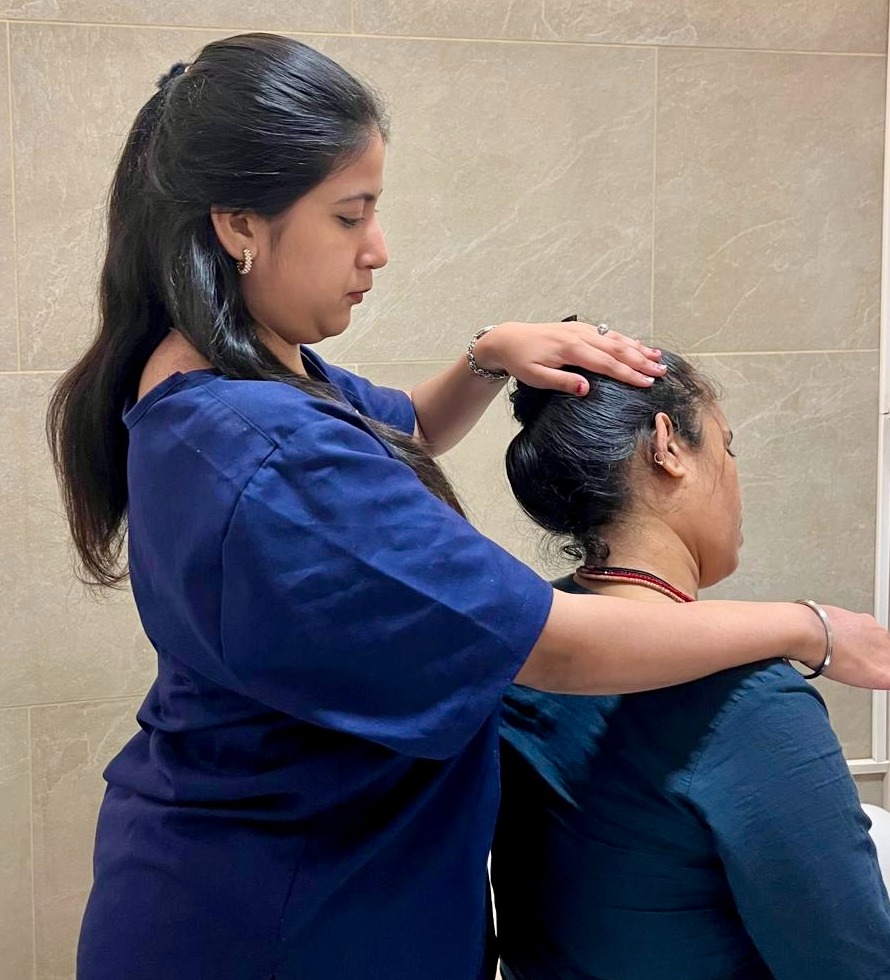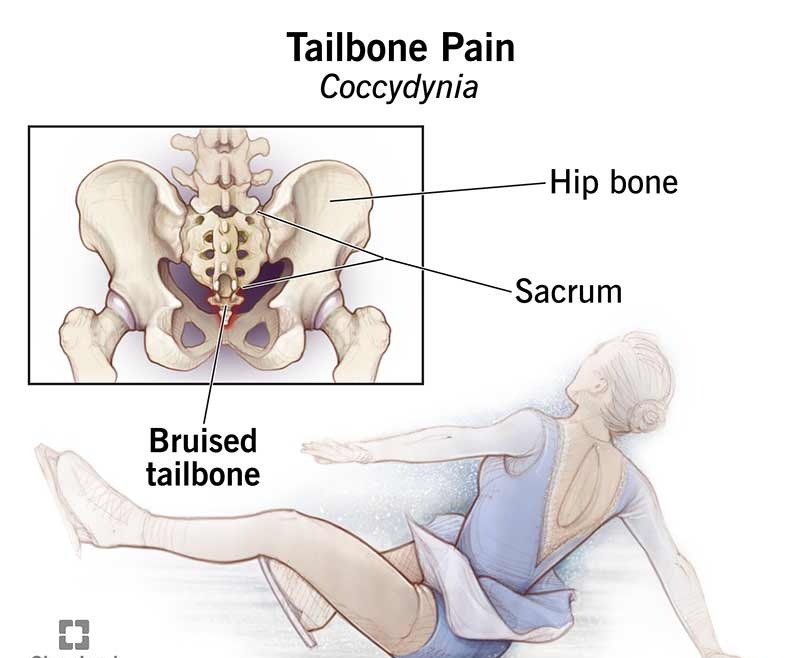



Coccydynia, commonly known as tailbone pain, is a condition characterized by discomfort in and around the coccyx, the small triangular bone at the base of the spine . This pain can range from mild to severe and significantly impact an individual's quality of life, often worsening with activities like prolonged sitting, transitioning from sitting to standing, or during bowel movements and sexual activity . Physiotherapy is a primary conservative treatment for coccydynia, aiming to alleviate pain, improve function, and restore normal movement patterns. Manual Therapy (Manipulation and Massage): Manual techniques, including intrarectal manipulation, levator ani muscle massage, and sacrococcygeal mobilization, have demonstrated effectiveness in alleviating pain and improving function, especially in cases of recent-onset coccydynia or when the coccyx has decreased mobility . Stretching and massage therapies, particularly those targeting the levator ani, piriformis, and iliopsoas muscles, can help relax tense muscles, reduce strain on the tailbone, and improve flexibility . These techniques may offer both immediate and sustained benefits Muscle Energy Technique (MET): MET, which involves active patient participation through isometric contraction and relaxation, has been found superior to static stretching for improving pain and function in the short term . This technique may stimulate joint proprioceptors and promote hypoalgesia . Stretching and Strengthening Exercises: A core component of physiotherapy for coccydynia involves specific exercises to improve the strength and flexibility of the back and pelvic muscles . These include: • Glute Stretches: Such as bringing the knee towards the opposite shoulder to stretch the gluteal muscles . • Bridge: Strengthening the abdominal, lower back, gluteal, and hamstring muscles by lifting the body upwards while lying on the back . • Lumbar Rotation with Control: Stretching the lower back, buttocks, and sides by rounding the back and reaching to the side while sitting cross-legged . • Spikey Ball on Piriformis: Using a spikey ball to massage deep into the gluteal muscles, particularly the piriformis, to release tension . • Hamstring Stretch: Loosening tissues connected to the buttocks and coccyx . • Cat-Cow Pose: A gentle movement that helps to relieve muscle tension and encourage relaxation in the spine . • Child's Pose to Cobra Pose: Alternating between these yoga poses to stretch and strengthen the entire spine and tailbone [7]. • Bird-Dog Exercise: Strengthening core and glute muscles while improving stability Other Modalities and Strategies: • Ice and Heat Therapy: Applying ice packs can help reduce inflammation and pain, while heat packs can also provide relief . Electrotherapy: Modalities like ultrasound, transcutaneous electrical nerve stimulation (TENS), and short wave diathermy (SWD) can be used to reduce pain and inflammation . Extracorporeal Shock Wave Therapy (ESWT): ESWT has shown significant efficacy in reducing pain and improving functional outcomes in patients with coccydynia • Dry Needling Acupuncture: This technique has shown success in reducing pain around the coccyx ]. • Posture and Ergonomics: Maintaining good posture, especially while sitting, and using specialized cushions (like donut cushions) can significantly reduce pressure on the coccyx. Patients are educated on ergonomics and body mechanics to minimize discomfort. • Avoidance of Aggravating Activities: Limiting prolonged sitting, cycling, or other activities that exacerbate pain is crucial . Living with coccydynia can be challenging, but a combination of pain management strategies, exercise therapy, and lifestyle modifications can significantly improve quality of life . It is important to consult with a healthcare professional, such as a physical therapist, to develop a comprehensive and personalized treatment plan .
We hate spam too.